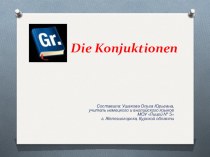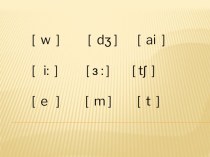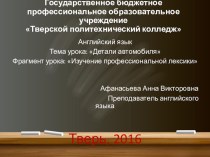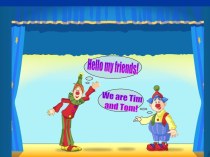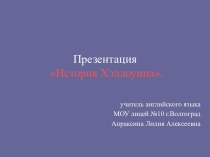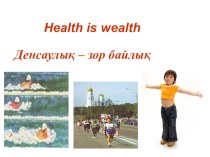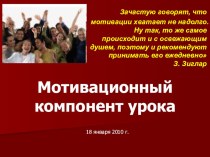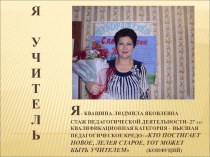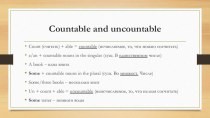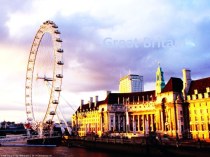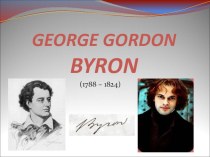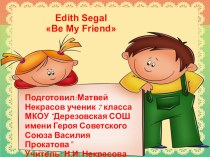- Главная
- Разное
- Бизнес и предпринимательство
- Образование
- Развлечения
- Государство
- Спорт
- Графика
- Культурология
- Еда и кулинария
- Лингвистика
- Религиоведение
- Черчение
- Физкультура
- ИЗО
- Психология
- Социология
- Английский язык
- Астрономия
- Алгебра
- Биология
- География
- Геометрия
- Детские презентации
- Информатика
- История
- Литература
- Маркетинг
- Математика
- Медицина
- Менеджмент
- Музыка
- МХК
- Немецкий язык
- ОБЖ
- Обществознание
- Окружающий мир
- Педагогика
- Русский язык
- Технология
- Физика
- Философия
- Химия
- Шаблоны, картинки для презентаций
- Экология
- Экономика
- Юриспруденция
Что такое findslide.org?
FindSlide.org - это сайт презентаций, докладов, шаблонов в формате PowerPoint.
Обратная связь
Email: Нажмите что бы посмотреть
Презентация на тему по английскому языку на тему Английская мода
Содержание
- 2. In the XVI century England becomes economically
- 3. Grandiosity sleeves in men's and women's clothes
- 4. Male costume Renaissance consisted of a shirt,
- 5. Women's costume of the first half of
- 6. Fashion of the early 17th century dictated
- 7. In the 18th century, is catching on
- 8. The only decoration was animating hair curls,
- 9. In 1930th years length dresses and skirts
- 10. Fashion-40s. greatly influenced the Second World War.
- 11. The most iconic style of the 1950s
- 12. Fashion 60's brought a big change in
- 13. In the 1970s, fashion has become more
- 14. Alexander McQueenBurberryStella McCartneyVivienne Westwood
- 15. ENGLISH STREET FASHIONIt is a pure flight
- 16. Скачать презентацию
- 17. Похожие презентации
In the XVI century England becomes economically independent. Propensity to traditions in the home and in the costume was typical for the English, and a change of clothes has been slower than in France. Unlike English
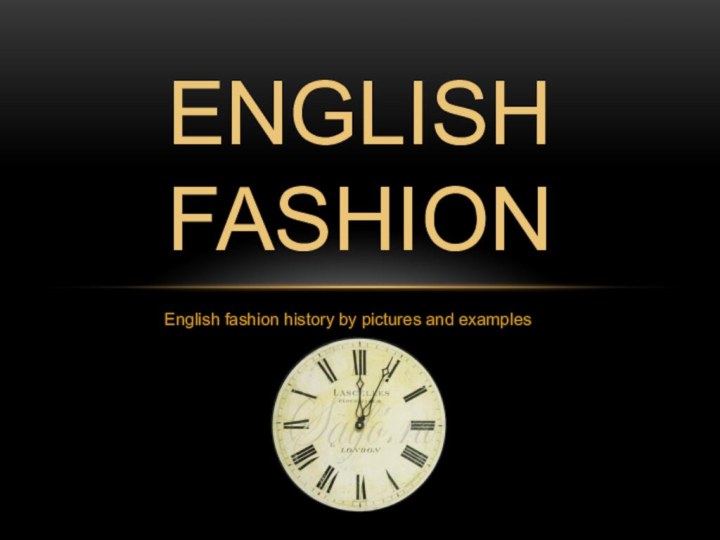




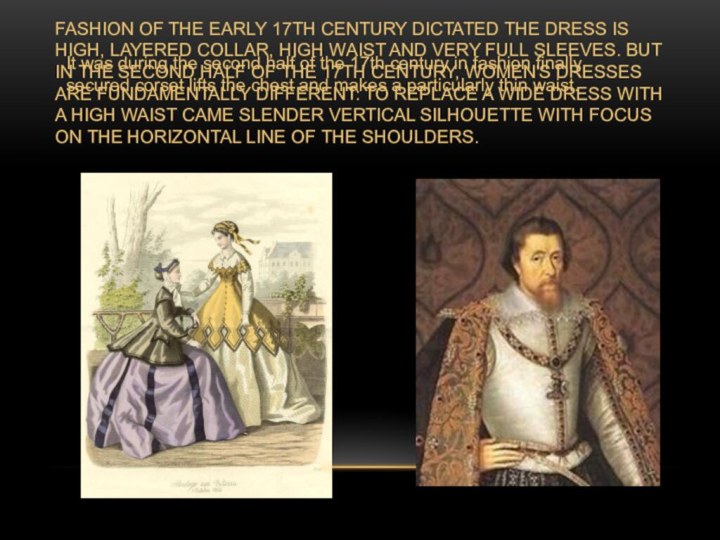
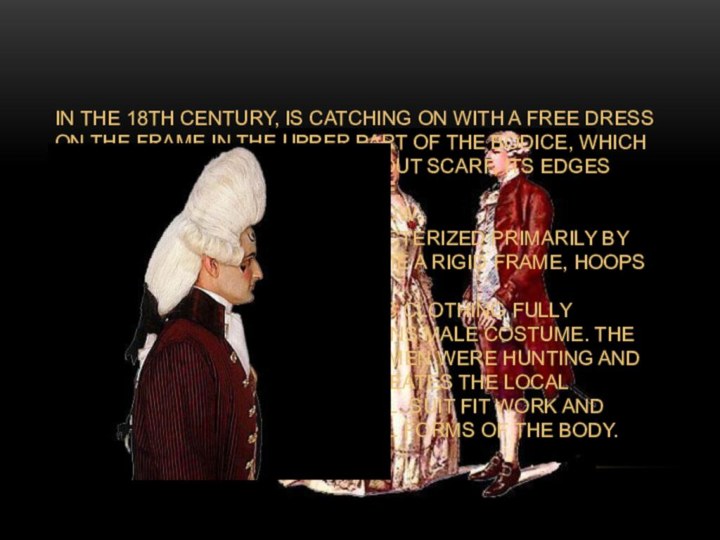






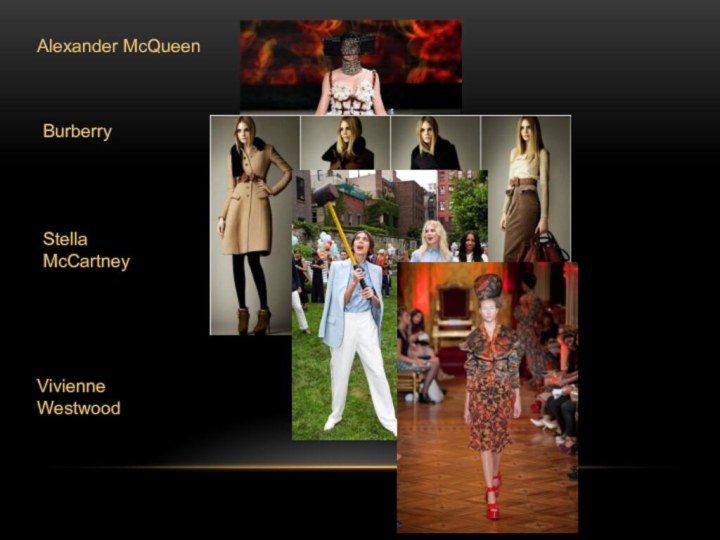


Слайд 3 Grandiosity sleeves in men's and women's clothes was
an important element in the English fashion. It was
determined the overall massiveness sleeves and square in a suit of the first half of the XVI century. A characteristic feature of both male and female costume were milling, different in size and shape, but always in the same respective cuffs. At the end of the XVI century. come down collar, first small (see the portraits of Shakespeare), and then, in the XVII century, large and flattened shoulders.Слайд 4 Male costume Renaissance consisted of a shirt, waistcoat
and top coat, which, in contrast to the French,
was not belted. On his feet were sewn pulling-over tights and a soft broad sborchatye pants. In the middle of the XVI century in England invented the knitting machine. Since then, fashion is gradually knit tights. The hair in the first half of the century shorn short and distinctive headgear was ornate takes.Слайд 5 Women's costume of the first half of the
XVI century was shaped vertyugada: tight bodice, covering the
breast form, in the form of a square neckline, sleeve, narrow on the shoulder to the elbow, with a huge, broad funnel-shaped cuff. Sometimes, the most among the bourgeoisie, were marlot - swing from the neck dress that had no waist.Слайд 6 Fashion of the early 17th century dictated the
dress is high, layered collar, high waist and very
full sleeves. But in the second half of the 17th century, women's dresses are fundamentally different: to replace a wide dress with a high waist came slender vertical silhouette with focus on the horizontal line of the shoulders.It was during the second half of the 17th century in fashion finally secured corset lifts the chest and makes a particularly thin waist.

